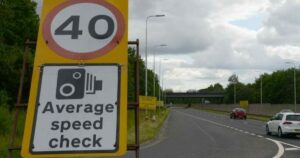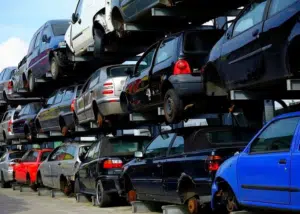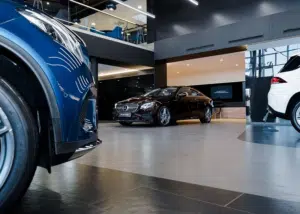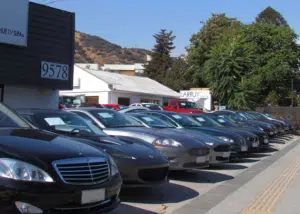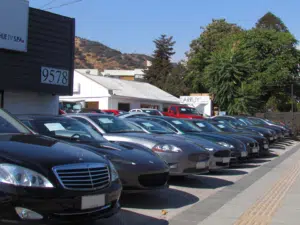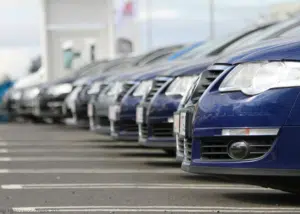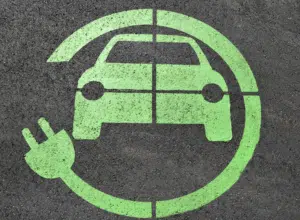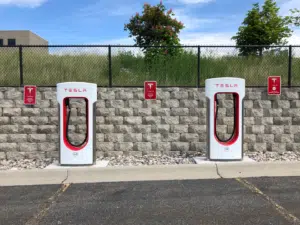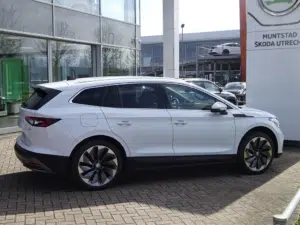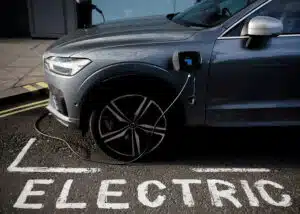The UK motorway network is an extensive network of roads that connect major cities and towns. Managed by the National Highways, their view is clear, according to the National Highways, their road network is essential to the growth, well-being, and balance of the nation’s economy.
According to the UK government, there were 31,900 miles of major roads in Great Britain in 2021, consisting of 2,300 miles of motorway and 29,500 miles of ‘A’ roads. These major roads make up about 13% of the total road length, says the RAC.
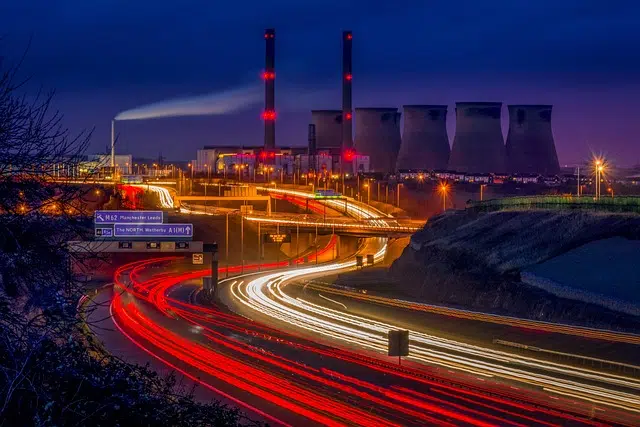
How many different motorways are there in the UK?
There are 2,300 miles of motorway in Great Britain in 2020, according to Government figures. The UK has had more than 320 openings of motorways or sections of motorways since 1959, some drivers would say that our motorways are the busiest roads you’ve ever seen.
Whether you love them or hate them, there’s a good chance that during some of your journeys, you’ll end up on one of the motorways that are very much the opposite and unlike dual carriageways.
Britain’s motorways first began with Preston Bypass, now part of the M6, in 1958. Motorways are the quickest way from getting between the big cities and can be a great driving pleasure for some, driving the full-length motorway and a driving nightmare for others.
The first section of the M1 which would eventually link London-Leeds opened in 1959. In 1965 the top speed limit of 70 mph was introduced for Britain’s motorways. In 1986 the orbital M25 which encircles London opened.
As of September 2022, there were 40.8 million licensed vehicles in the UK. Cars make up the majority of licensed vehicles with 33.2 million cars, that’s a lot of cars on the motorway.
Which motorway is the biggest in the UK?
The M6 is the longest motorway in the UK and where would we be without it? It runs from Catthorpe in Leicestershire right up to the Scottish Border and measures a total of 236 miles, according to the BBC.
Opened in 2003, the M6 Toll bypasses Birmingham and is Britain’s first toll road. The M6 contains all kinds of ground-breaking sections, from the section along the Lake District to the section between Shap and Tebay, which is the only one in Britain to have an unconnected local road running down the central reservation.

What is the quietest motorway in the UK?
According to Quiet Living, motorways tend to be a little quieter from Tuesday to Thursday. If you want to avoid the worst of the traffic and an increased risk of accidents, don’t travel on a Friday.
The M45 motorway in Northamptonshire and Warwickshire, England is 7.9 miles (12.7 km) long and runs between junction 17 of the junction southeast of Rugby and a junction with the A45 road southwest of Rugby. It is also known for having one of the lowest traffic volumes of the United Kingdom motorway system, according to Tovisorga.
What is the busiest motorway in the UK?
One of the busiest motorways in the UK is the M25. Also referred to as the London Orbital Motorway, it encircles almost all of Greater London so it’s no wonder it’s one of the busiest roads. This may not come as a great surprise, especially if you’re one of those people that find yourself stuck in the M25’s daily queue.
To be more specific, junctions 13 and 14 of the M25 are believed to be the busiest part of the motorway, which is near Heathrow Airport. This stretch of tarmac sees around 165,000 vehicles every day.
The M25 is well known for being the motorway that inspired Chris Rea’s 1980s hit ‘The Road to Hell’, which will undoubtedly be familiar to those who have crawled around its 117-mile-long loop to reach the capital. The M25 is London’s outermost collar and one of the world’s biggest ring roads.
The road was completed in 1986 and was originally designed for 100,000 vehicles per day, however, that number is now 200,000 for just some sections of junction to junction according to Dangerous Roads. It’s 188km (117 miles) in circumference, that almost completely encircles the capital.

Why is there no M7 in the UK?
As pointed out here, the M7 does not exist, but why is that? The M7, M8 and M9 were reserved for Scotland but that fell through. According to Tovisorga, a motorway just relates to the A road that it’s relieving pressure from. The reason there is no M7 is that the A7, which runs from Carlisle to Edinburgh has no need for a motorway to relieve it.
Roads.org also says that the reason there is no M7 in the UK is down to logic and clarity: the M8 replaces the A8; the M9 replaces the A9; the M80 replaces the A80. This system immediately answers the question about why there is no M7: it’s because there has never been a need to replace the A7 with a motorway, and alongside the A7 is the only place the M7 could ever go.

What is Britain’s newest motorway?
The newest motorway in the UK is the A556(M) which opened in 2017. It is a 4.5-mile motorway in Cheshire and Greater Manchester that cost £192m and links the M56 motorway with the M6.
The new A556 bypass connects the M6 at junction 19 near Knutsford with junction 7 of the M56 at Bowdon in Greater Manchester.
According to the BBC News, Highways England started construction of the new road to ease congestion on the route which carries more than 51,000 vehicles a day. The existing A556 will be downgraded and reduced to a single-carriageway.

What is the least-used motorway in the UK?
Motorways traditionally are busy, however, there are some motorways that are very rarely used and much quieter compared to others. For example, the least used motorway in the UK is the M45, a motorway in Northamptonshire and Warwickshire, England and 7.9 miles (12.7 km) long.
It runs between junction 17 of the M1 motorway southeast of Rugby and a junction with the A45 road southwest of Rugby. It was the original northern spur from the M1, and for a number of years, it was part of the main road from London and the southeast to the West Midlands and the north. This lasted for around 12 years because in 1971, the parallel section of M6 opened, connecting directly to the M1, and since then it’s been a backwater, says Roads.org.

What motorway is the longest?
The longest motorway in the UK is the M6 which runs from Junction 19 of the M1 near Rugby to Gretna and the A74 (M) near Scotland. It is 231 miles (370km) long and as well as being the longest motorway in the UK, it’s also one of the oldest too, says Holts Auto.
What’s the shortest motorway in the UK?
At the other end of the spectrum, we have the shortest motorway and it’s the A8, that takes the title. It runs for just over 280 metres in Scotland. However, this motorway is not open to the public.
The shortest public motorway is the A635 (M), which forms a small part of the Mancunian Way for 0.6 miles in Manchester, before becoming the A57 (M). It runs between Manchester and Doncaster running east–west through Stalybridge, Saddleworth Moor, Holmfirth, Barnsley and the Dearne Valley.







